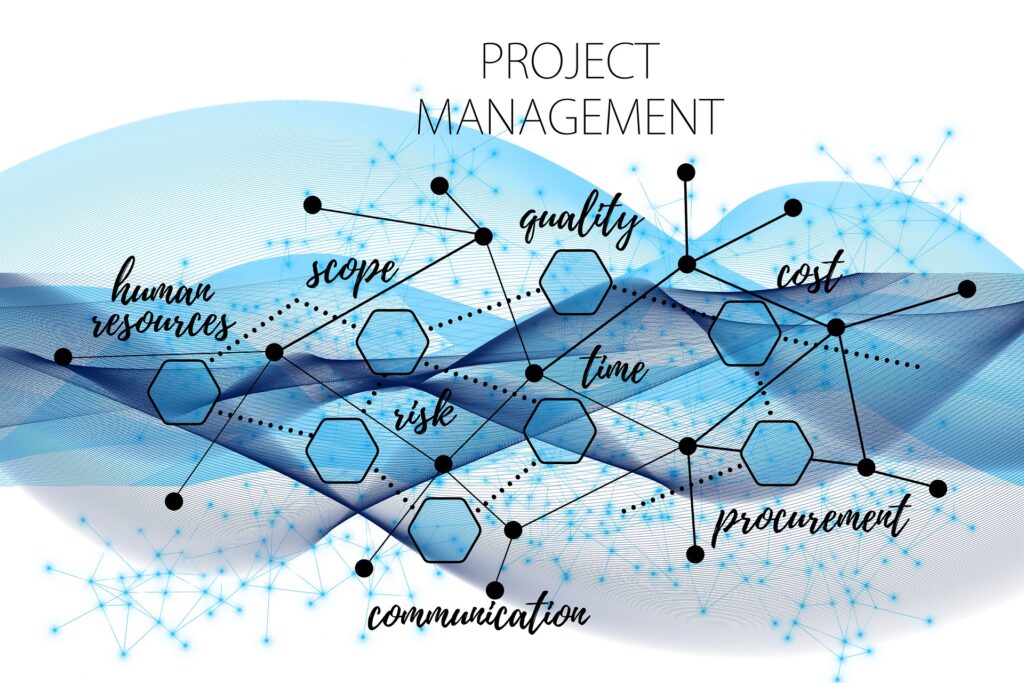What can go wrong in IT projects and how to avoid it?

In today’s business landscape, IT projects have become a crucial part of innovation. However, these projects may not always deliver the expected results and can even go very wrong. Kaja Trees, a business and systems analyst with decades of experience in diverse projects, has put together a course titled “Navigating the IT Landscape: A Business Professional’s Guide to IT Procurement and Successful Collaboration.” Here, she reveals common obstacles in IT projects and offers practical strategies to overcome them.
1. Exceeding Budget and Deadline
Problem: IT projects often tend to exceed budgets and timelines. Given that IT projects are not cheap and business outcomes depend on deadlines, this poses a significant problem for businesses.
Solution: Clear communication is the key to successful budget and deadline management. Pay special attention to ensuring a shared understanding in the following areas:
- Define clear project goals and ensure everyone understands them uniformly. It’s crucial to highlight priorities – which goal is more important than others.
- Ensure that the project scope is clear, and any changes are based solely on the project goals. If necessary, abandon less critical project outcomes to achieve more important ones.
- When selecting technologies, ensure that all options, along with sufficient explanations and pros/cons, are presented. The client must understand how to make the best choice based on project goals.
- Use an appropriate project management technique for the project and ensure that decisions are made by the client.
- Regularly evaluate what is working well or not and adjust accordingly.
Exceeding budget and deadline can be acceptable if the result is a product that is worth it. However, these decisions must be made consciously. Ignoring the above can result in no outcome at all – all the work and money have gone to waste.
2. Unusable Results
Problem: Even impeccably executed projects can fail if end users find the system unsuitable, forcing them back to traditional, less efficient methods.
Solution: The system can conflict with end user demands in several ways. Solutions include:
- Functionality must meet users’ needs and qualifications – involve business and systems analysts to ensure the system aligns with user needs.
- System usage should be simple; information and buttons where needed – involve user experience (UX) specialists to ensure an intuitive user interface.
- The system must be fast enough – involve system architects to ensure technological choices meet expected usage intensity.
- The system must deliver what is expected – involve quality assurance engineers (testers) in your team.
- Go straight to the source – involving actual users in the team through user interviews or user testing provides the best insights into what real users need.
Every IT project is teamwork, with each member playing a role. While some individuals may need to fulfill multiple roles, if any aspect is left uncovered, the project may be completed, the system built, but it won’t bring the desired benefits.
The IT world has evolved differently from the traditional business world. It has its project management concepts, specific roles, innovative practices, not to mention technical terms. To successfully carry out IT projects, it’s worthwhile to be aware of the peculiarities of the IT world and consciously consider them.
By enrolling in the “Navigating the IT Landscape” course, you not only acquire essential skills but also gain confidence in successfully managing complex IT projects. In the course, Kaja shares real-world experiences and explains in detail everything a non-IT person needs to know for successful IT collaboration and avoiding the problems that plague many IT projects.
First appeared in Estonian in Geenius DigiPro here: https://digipro.geenius.ee/sisuturundus/mis-saab-it-projektides-valesti-minna-ja-kuidas-seda-valtida/